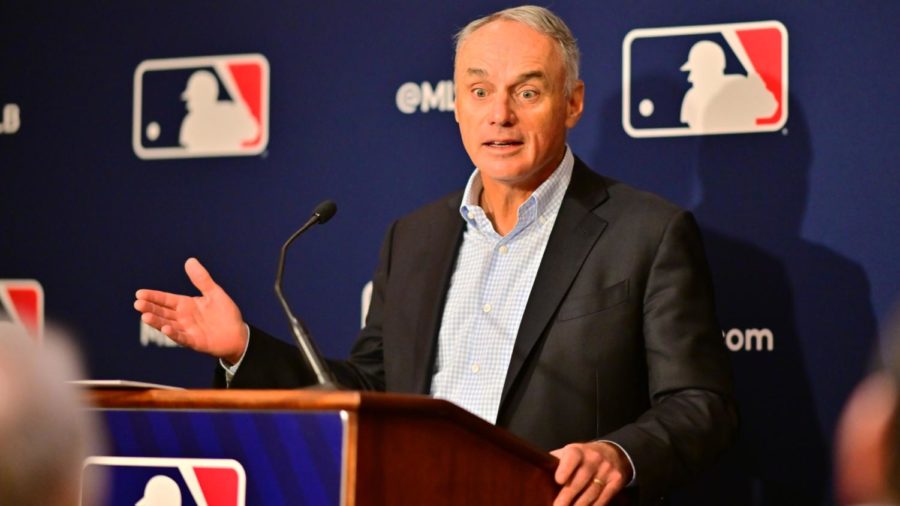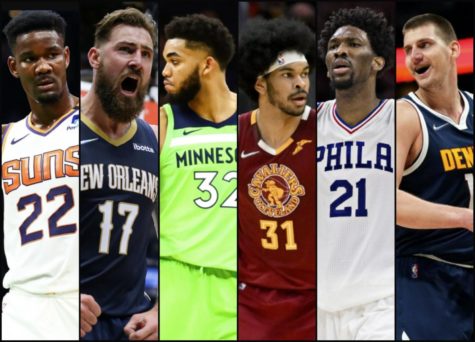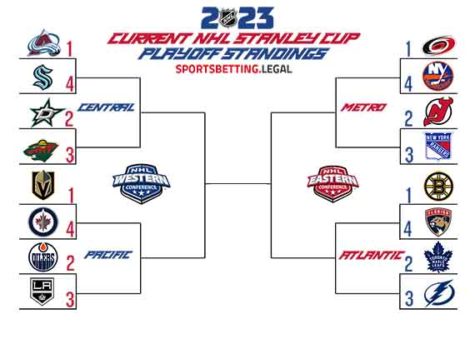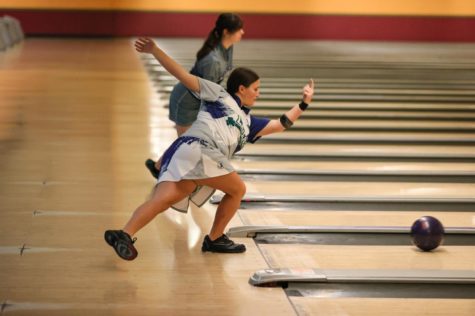MLB rule changes: what to expect this season
February 23, 2023
Three new changes are coming to the Major League Baseball world during the 2023 season. The changes were originally submitted to the Joint Competition Committee last year after they were tested in the Minor League for a season. The Joint Competition Committee, which is a voting body that is made up of four active MLB players, six members that have been appointed by the MLB and finally one umpire, was created as a part of the 2022-26 Collective Bargaining Agreement. The committee then voted in favor of implementing the changes that were aimed at improving the pace of the game, action, as well as safety on the Major League level. The first and most noticeable of the rule changes will be the pitch timer which was made in an effort to create a faster pace of game. The pitch timer is a 30-second timer between the batters, a 15-second timer between each pitch when the bases are empty and finally a 20-second timer between each pitch when the runners are on the base. The rule was broken down into further section which include pitchers being limited to two disengagements per appearance on plates, when a runner is on base the timer will reset if the pitcher attempts a pickoff or steps off the rubber and if a third pickoff attempt is made and not successful then the runner will automatically advance. Along with these the pitcher must also start his motion to deliver before the pitch time runs out, if they violate this, they will be charged with an automatic ball. The second of these rule changes is a defensive shift limit, which was made in hopes of increasing the batting average on the balls in play and create a traditional outcome on batted balls. For this rule change the defensive team must have at least four players on the infield and at least two infielders on either side of second base. The infielders are not allowed to switch sides and prohibits four-outfielder alignments. If the infielders are not properly aligned when the pitch is made then the offense can choose either an automatic or the plays result. This rule, however, does not stop a team from positioning an outfielder in the infield or in the outfield’s shallow grass in specific situations. The third and final rule change for this upcoming Major League Baseball season is the size of the bases. The traditional baseball base is 15 square inches. However, with the rule change they will all be growing to a new size of 18 square inches, leaving home plate unchanged. This rule was changed in an effort to give players more space to operate on the plates and to avoid collisions during plays. The rule change is the most important at first base, which is where fielders will now have an additional 3-inches to stay away from the potential harm of baserunner when receiving throws. In the end, it will encourage more stolen base attempts and reduce the space between first, second and third base by 4 ½ inches.











